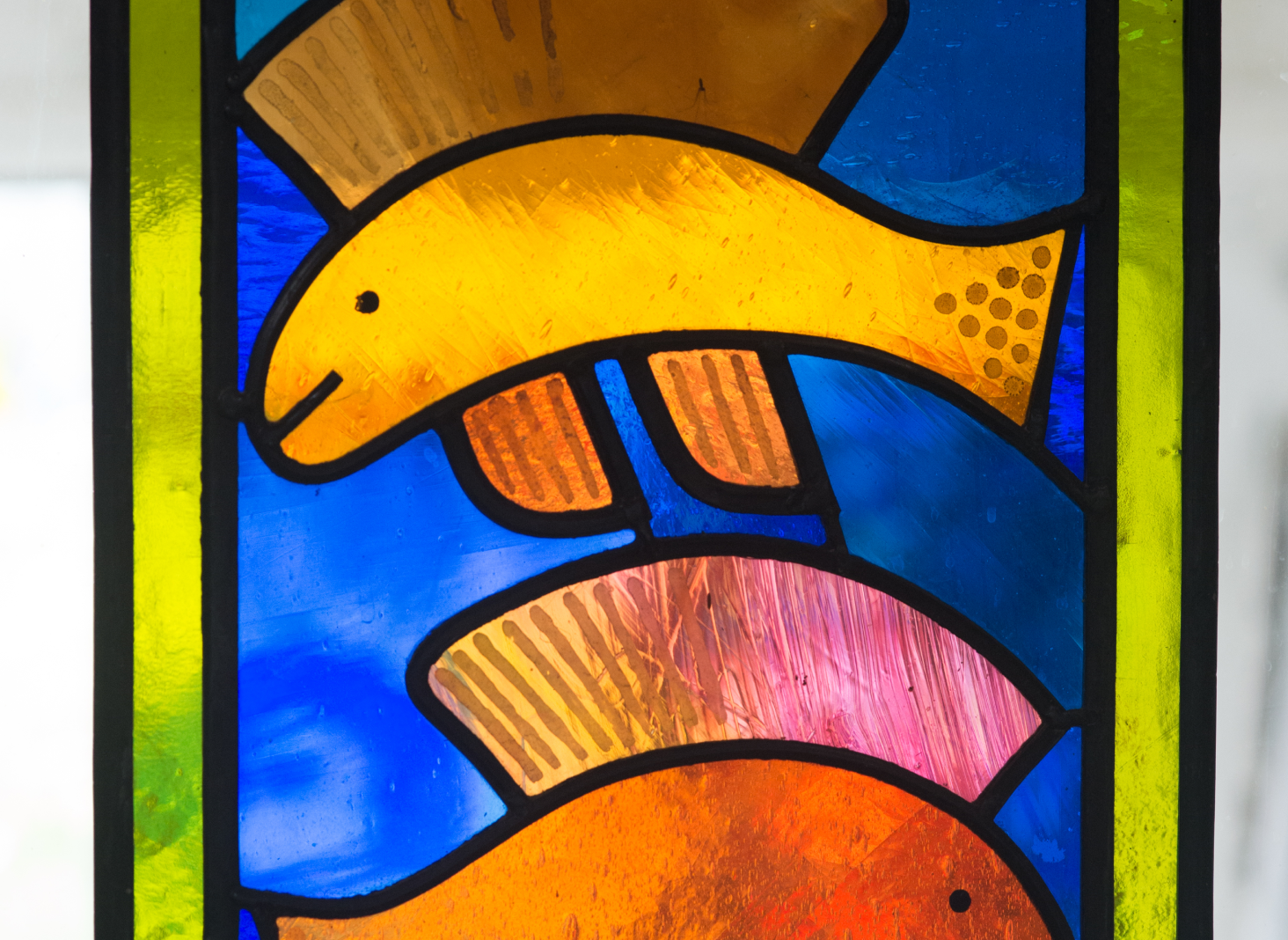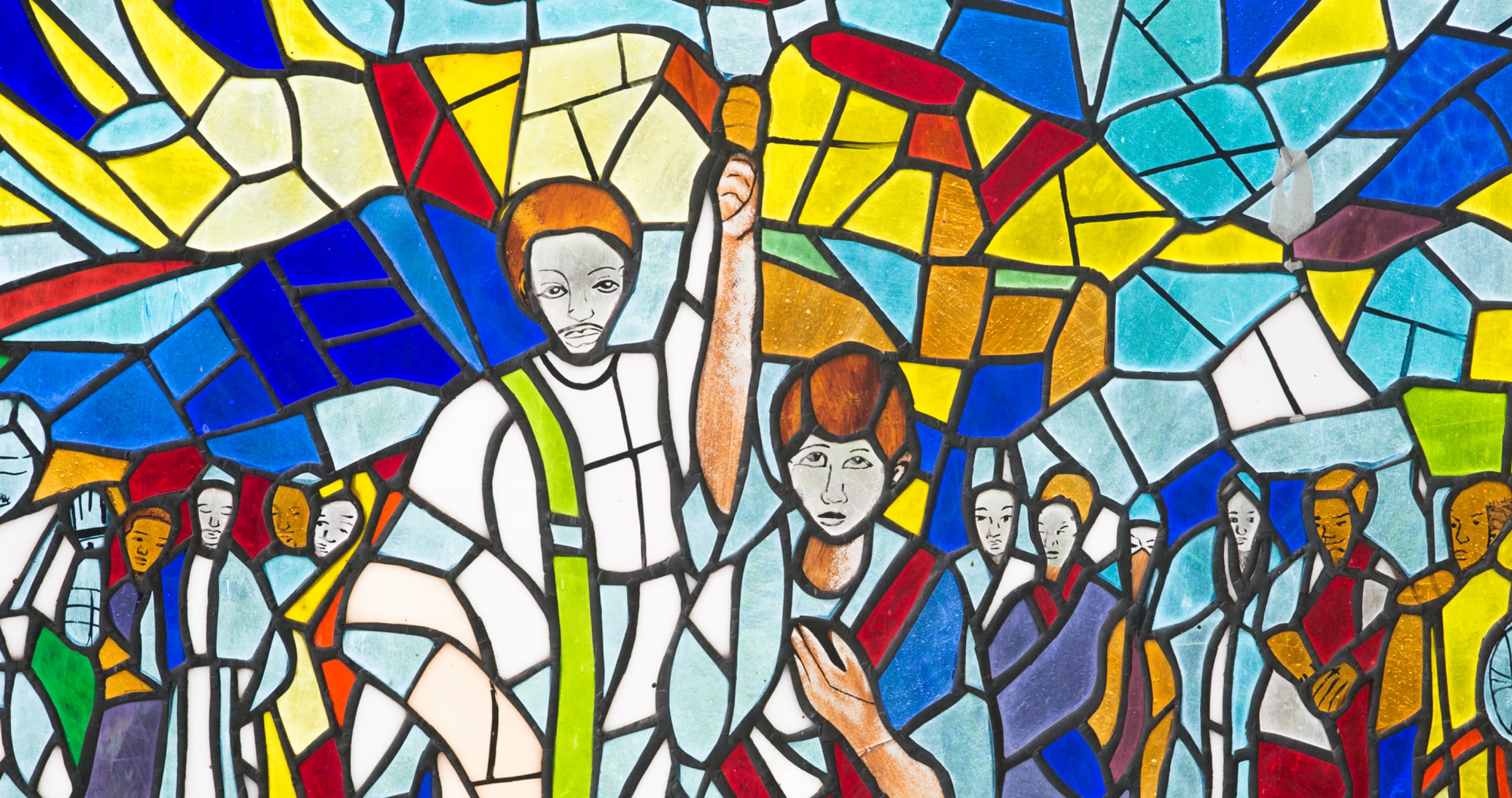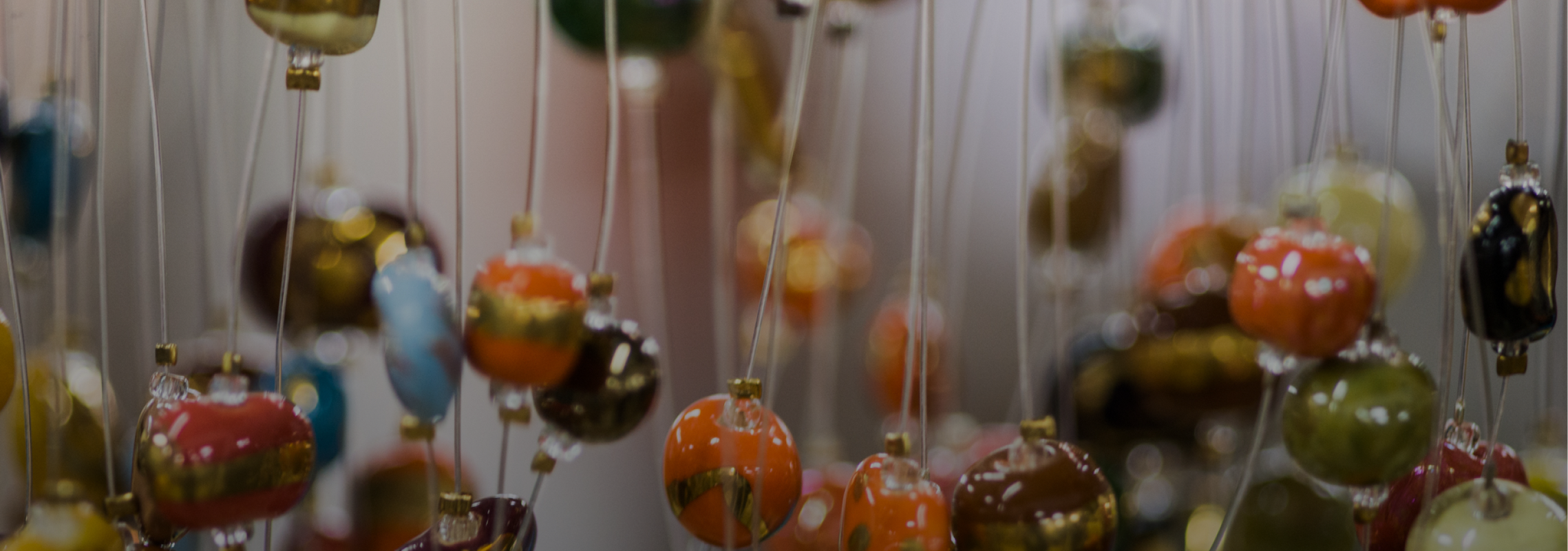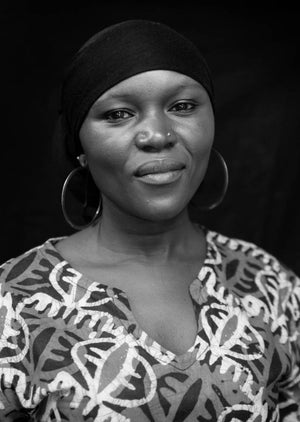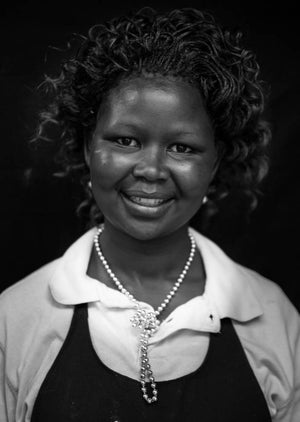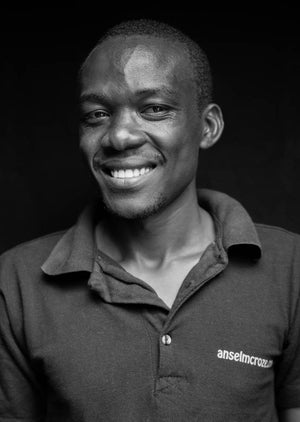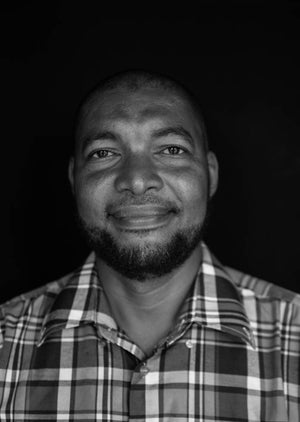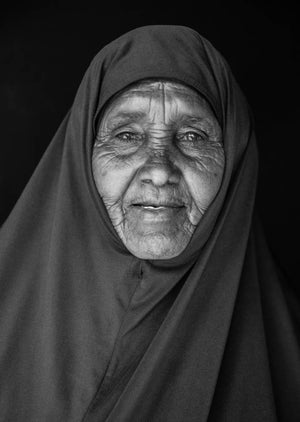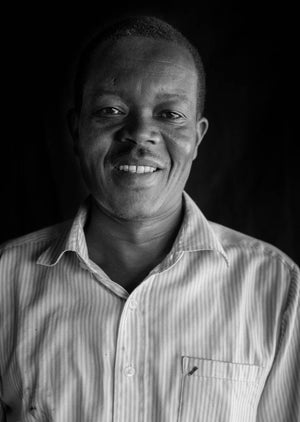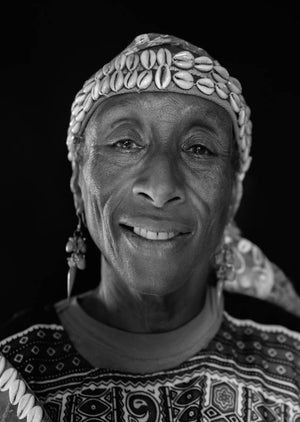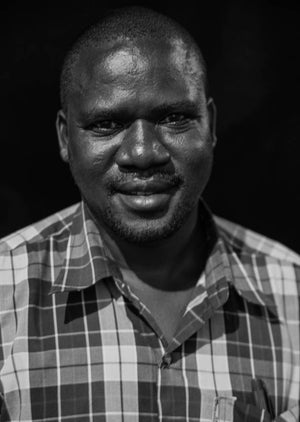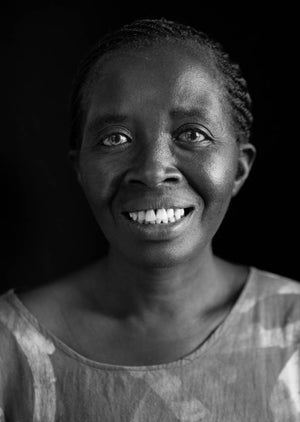
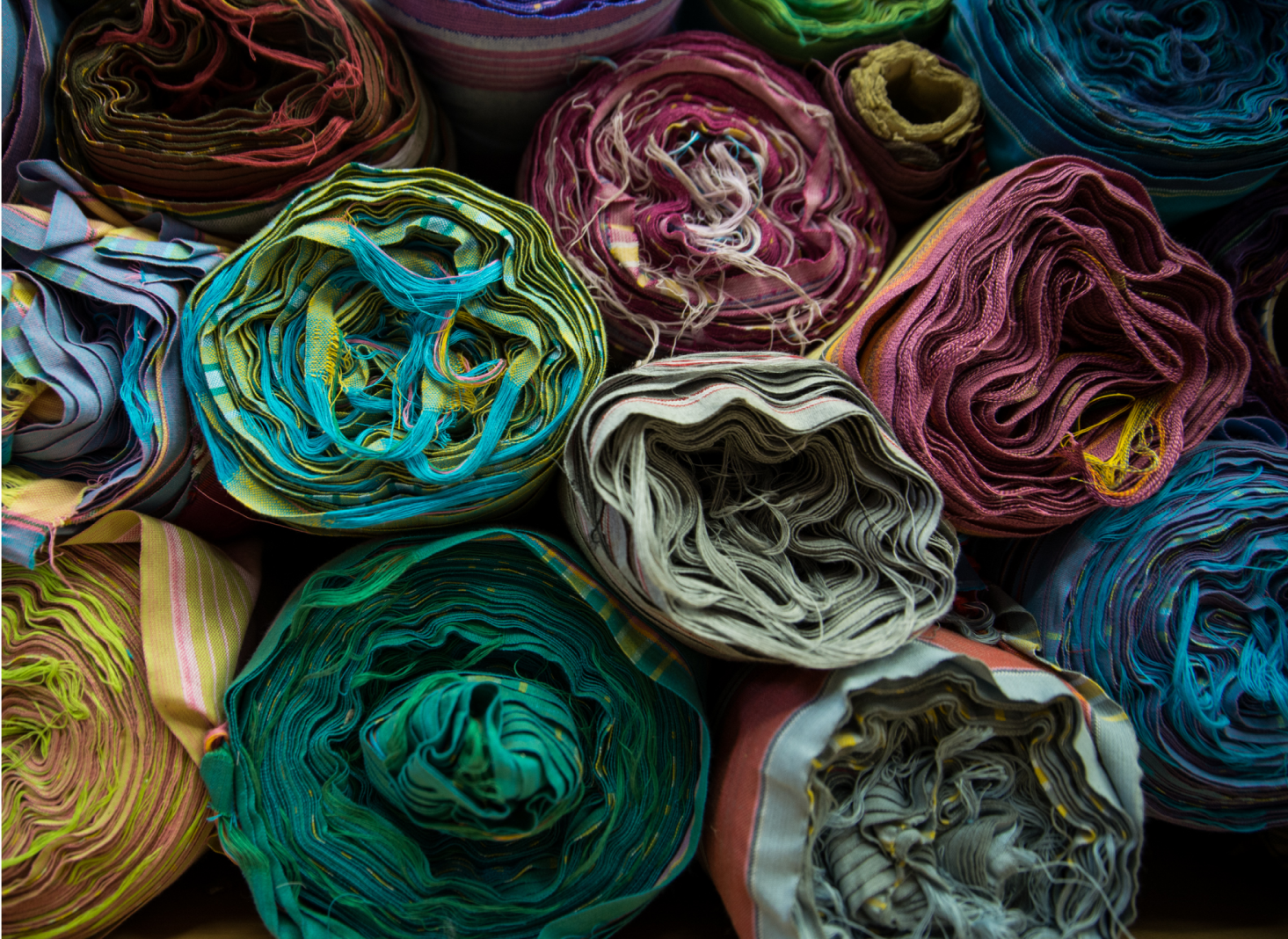
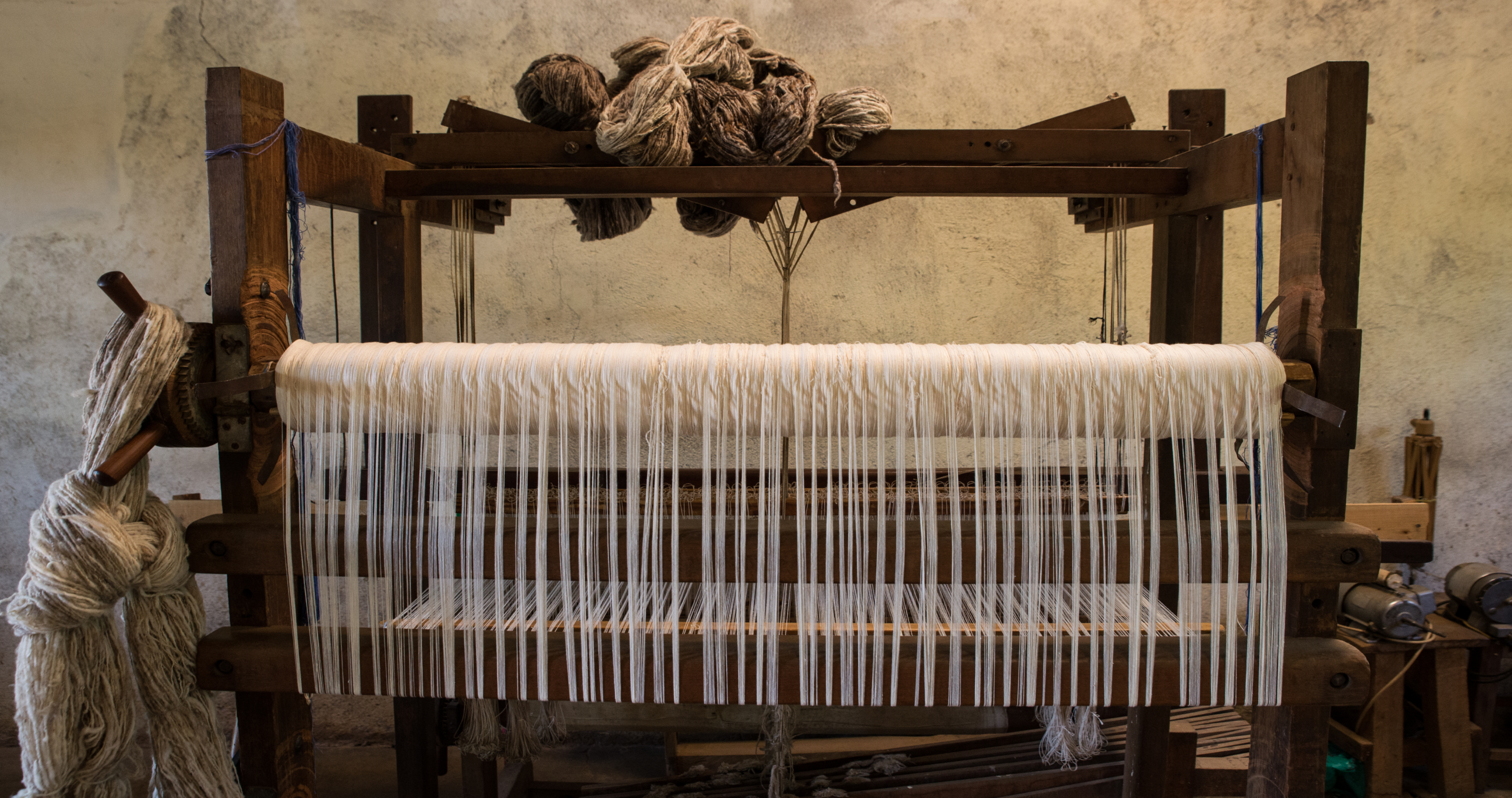
Our Values
Heritage
A source of identity, unique beauty and values such as provenance that cannot be replicated.
Creative Innovation
We are determined to push creative boundaries, inspired by Kenya’s crafts sector, whose resourcefulness turns little into much.
Mastery
We aim to acquire unrivaled technical expertise in our niche and subject matter to effectively innovate.
Collaboration
We invest in win-win, equitable collaborations with like-minded partners.
Impact
We know that creating sustainable cultural, socio-economic and environmental impact can co-exist with enterprise and innovation.
Our beginnings
Flashback to September 2014. This leg of our countrywide journey leads us to the soapstone quarries of Western Kenya. Against a dramatic backdrop of rolling hills and gigantic soapstone pieces, we marvel at the diligent carvers masterfully transforming shapeless rocks into sculptural wonders without sketches in sight. On seeing us, the local quarry comedian launches into a demonstration of how his soapstone dolphin sculpture in front of us would swim if it came alive.
Crafting Kenya’s focus on people (artisans), materials and techniques is once again validated, as is the decision to turn a personal need of a research resource into a responsibility to document Kenya’s rich traditional and contemporary craftsmanship via data and professional photography. Crafting Kenya’s potential to become a bridge between inspired artisans and innovative brands takes shape.
Today, we are catalysts of creative innovation, and a one-stop shop for global design brands keen on leveraging Kenya’s craft and materials heritage for their production.

